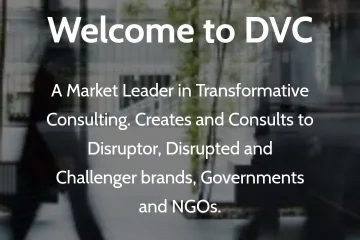In the dynamic world of technological advancements, Public-Private Partnerships (PPPs) have become a cornerstone for driving successful digital transformations across various sectors. These partnerships bring together the efficiency, innovation, and agility of the private sector with the stability, scalability, and public welfare focus of the public sector. In this blog, we’ll explore what PPPs are and highlight some globally successful examples, demonstrating their impact and efficacy.
What are Public-Private Partnerships?
Public-Private Partnerships are collaborative agreements where public entities and private companies work together on projects that meld public service objectives with commercial opportunities. The essence of PPPs lies in leveraging the strengths of both sectors to address complex challenges that neither could solve independently. This model is particularly effective in large-scale digital transformation projects that require substantial investment, innovation, and technical expertise.
Successful Global Examples of PPPs
1. Accenture and Florida Law Enforcement: This partnership developed Artemis, the world’s first human trafficking content classifier. Using machine learning, this platform helps law enforcement agencies in Florida and California identify and combat human trafficking activities.
2. Maximus and the Centers for Medicare & Medicaid Services (CMS): Through the use of robotic process automation, this collaboration has streamlined the healthcare claims appeal process, exemplifying how digital transformation can enhance efficiency in public health administration.
3. Deloitte and Smart Cities: Deloitte’s involvement in the development of smart cities, such as the project in Columbus, Ohio, showcases the transformative impact of PPPs in urban development. This initiative integrates various city systems to improve living standards, economic growth, and sustainability.
4. Singapore Government’s Digital Transformation Initiatives: Singapore’s tech-forward approach, seen in the ‘Moments of Life’ app, highlights the government’s commitment to digitizing public services. The app simplifies services for families with young children and is a result of collaboration between multiple government agencies and private entities.
5. Australia’s Digital Transformation Agency: Australia’s efforts in making government services more accessible, like the streamlined process for birth registration, illustrate the benefits of PPPs in improving public service efficiency and accessibility.
Conclusion
The examples from Florida, CMS, Deloitte, Singapore, and Australia illuminate the potential of PPPs in creating value through technology. These partnerships are vital in shaping a technologically advanced, efficient, and socially responsible future. They demonstrate how combined efforts can lead to groundbreaking solutions, enhancing public services and contributing to societal well-being.
This insightful exploration of Public-Private Partnerships and their global impact was generated through the LOAF Gen AI24 Advisor framework, created by DVC Consultants. This framework epitomizes the integration of Generative AI into strategic planning and decision-making, enabling organizations to navigate and capitalize on disruptive technologies efficiently. The LOAF Gen AI24 Advisor is a testament to the innovative trajectory businesses can adopt in the rapidly evolving technological landscape.
If you would like to know more contact meg@dvcconsultants.com




0 Comments